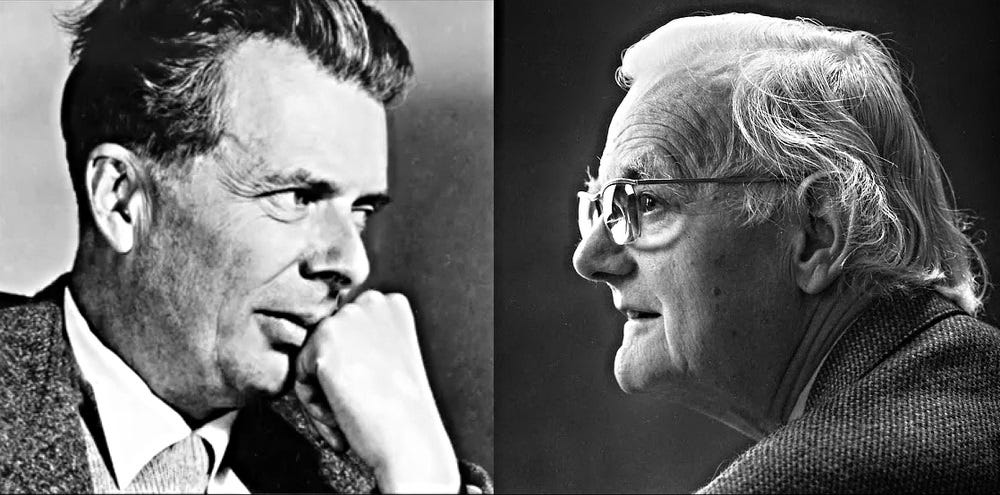The word psychedelic is tricksy. It’s elusive and hard to pin down; tending towards the qualitative rather than quantitative, but over nearly seventy years it has traversed both the aesthetic and the technical. Nearly always, however, by implicit reference to a drug.
A new paper, ‘Proposed Consensus Statement on Defining Psychedelic Drugs’, written by a number of prominent scientists in the field, proposes that only drugs whose actions act upon the 5-HT2A receptor should be considered as psychedelic by the journal in question. LSD, mescaline, psilocybin, the so called ‘classic’ psychedelics, all make the cut. So too, by virtue of some informing, does MDMA and ketamine.
While the journal is of course free to use any definition it so chooses, the choice is not uncontroversial. Psychedelic is tricksy; it eschews simple definition. Notably, in response to the article, Andrew Gallimore has written:



